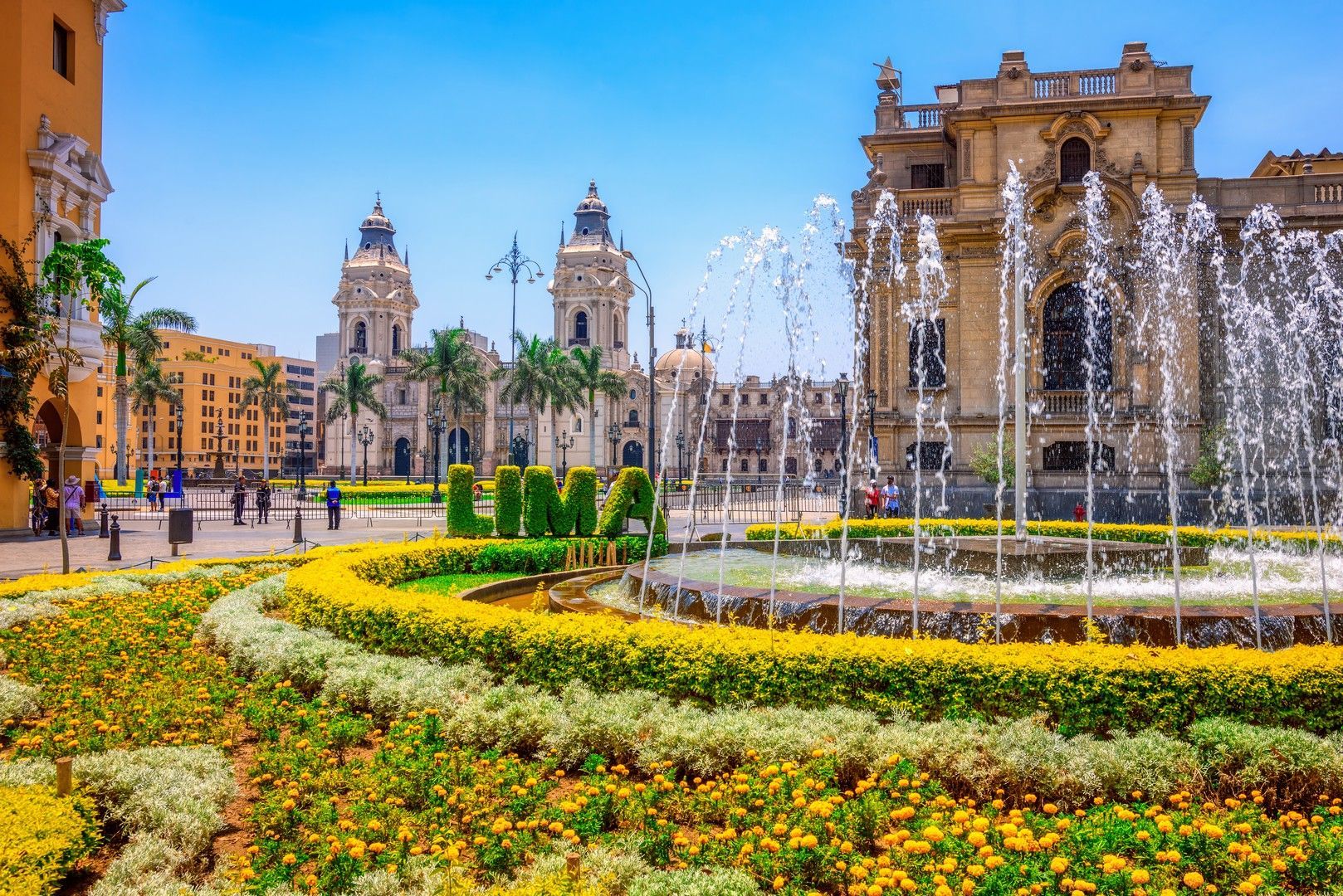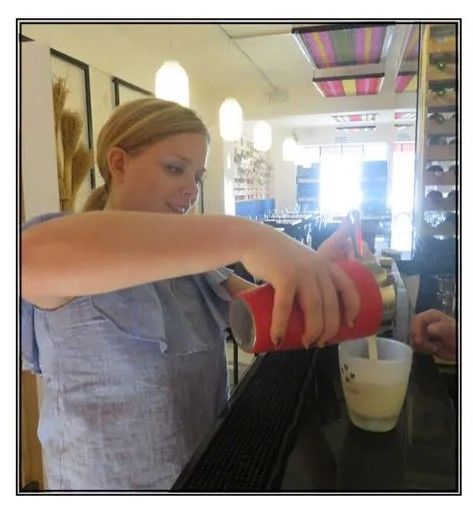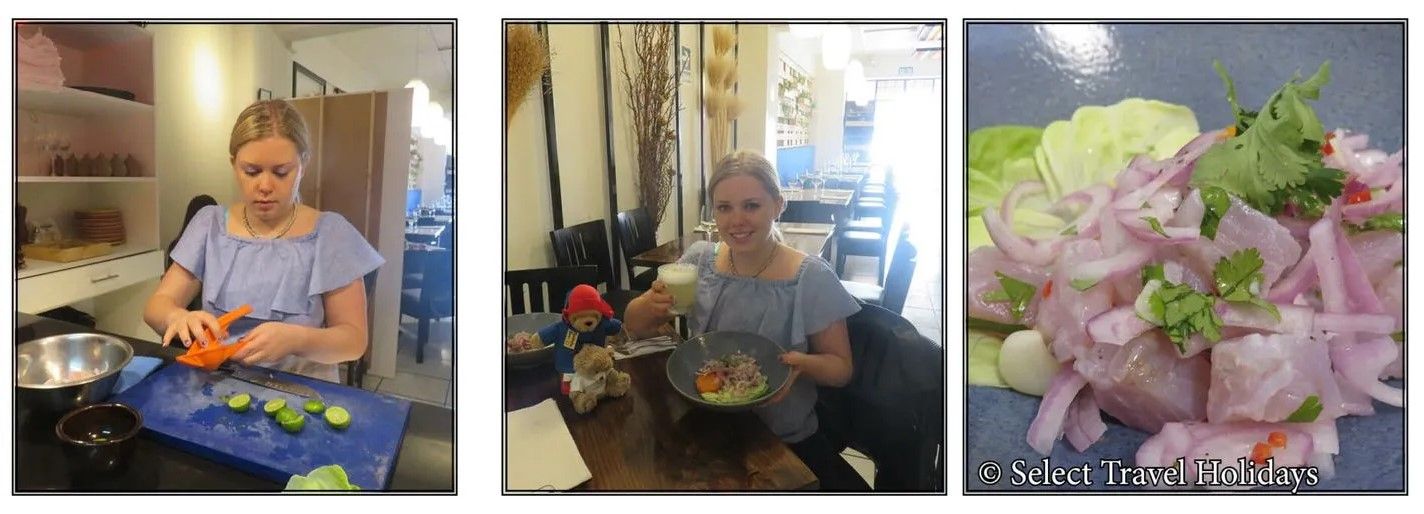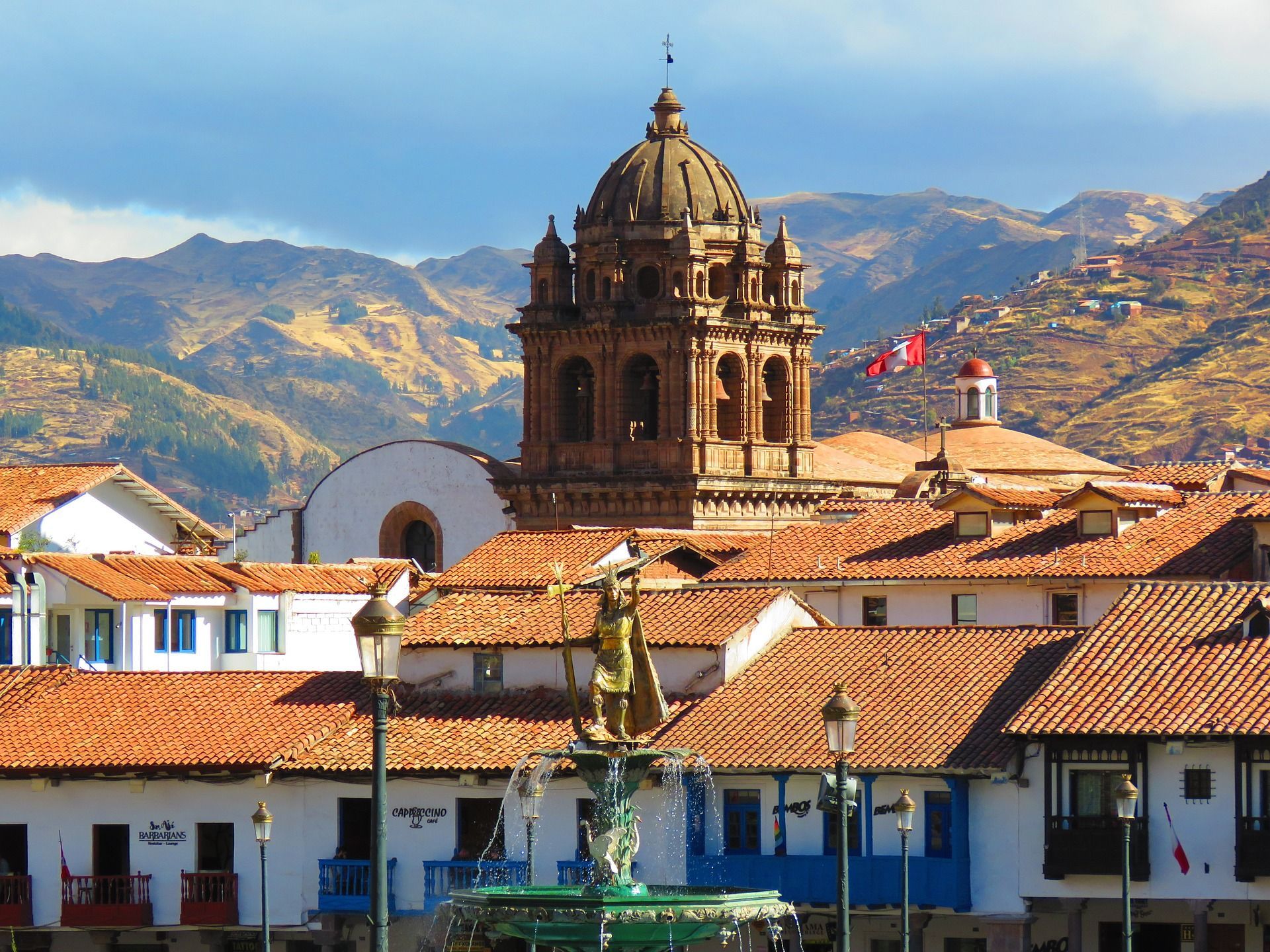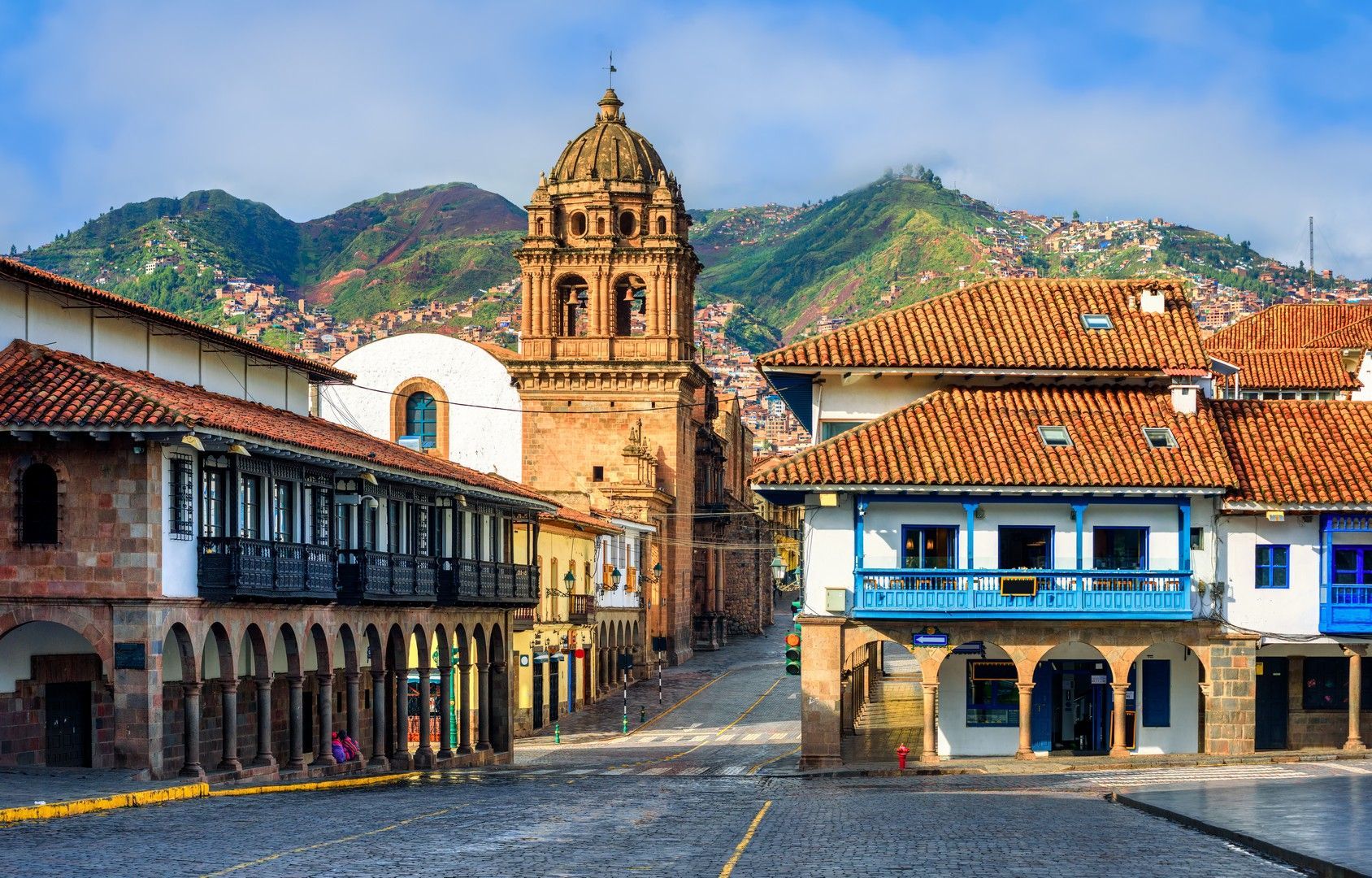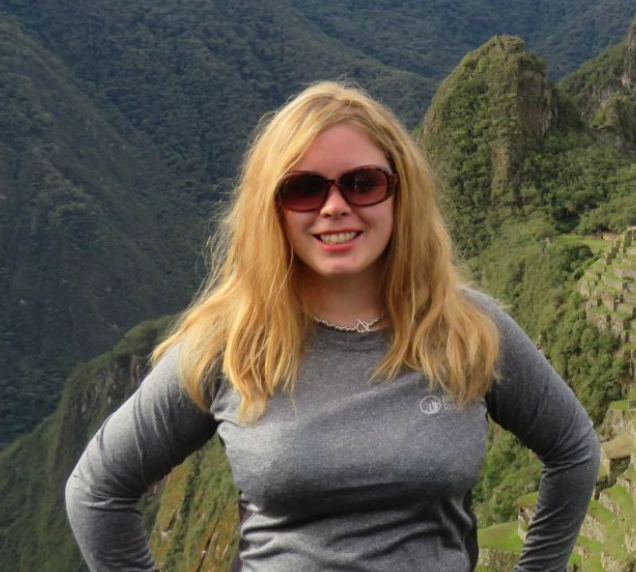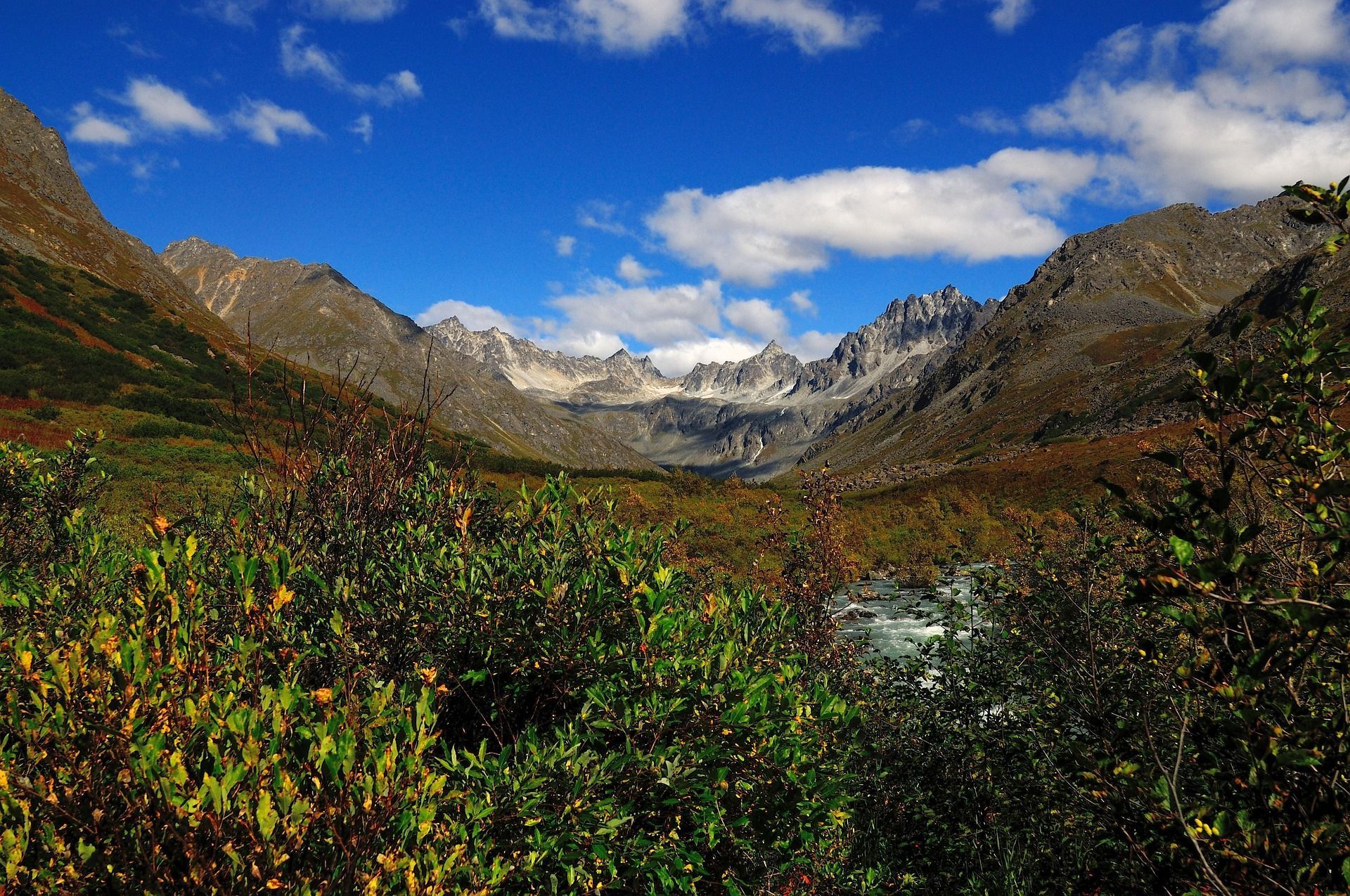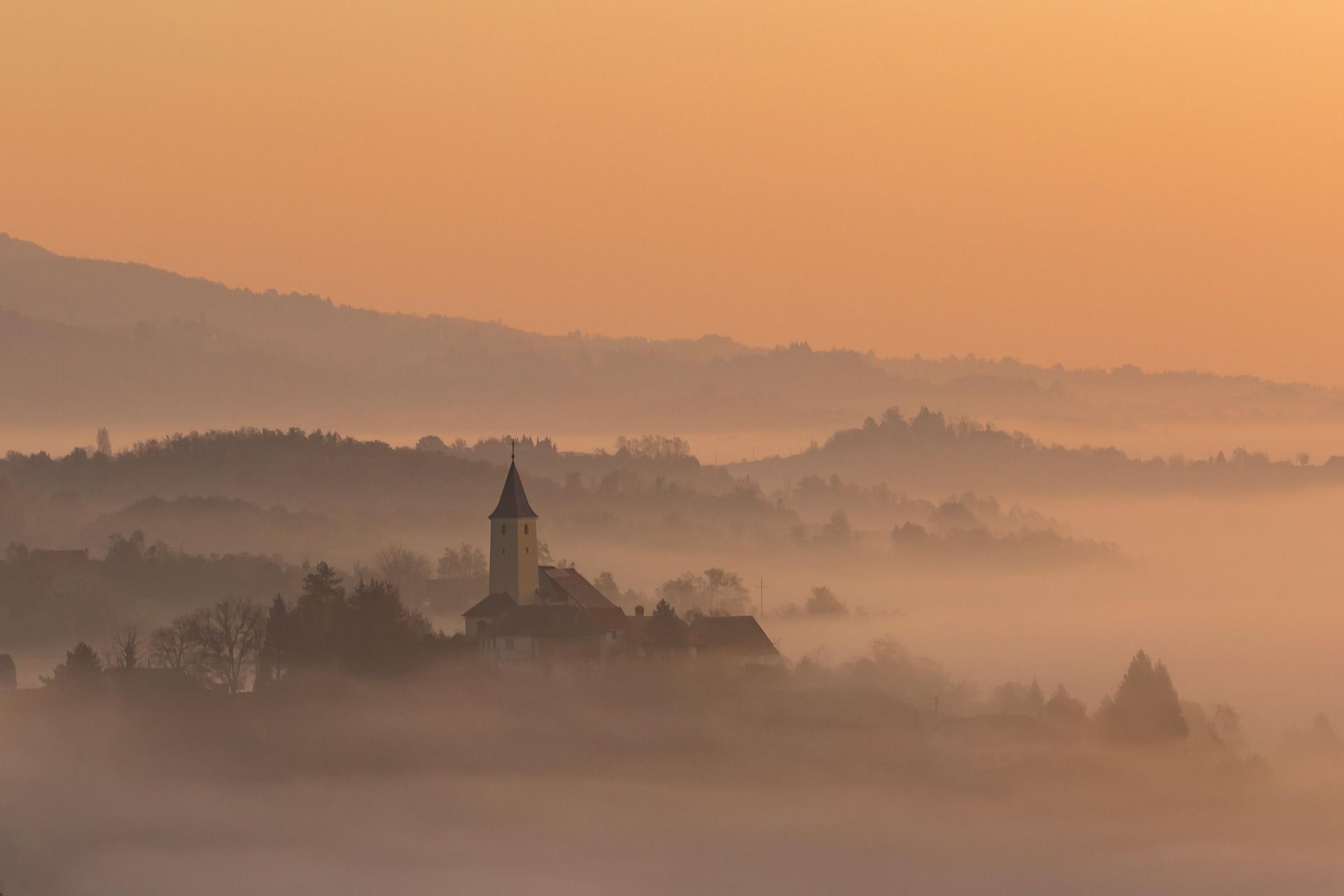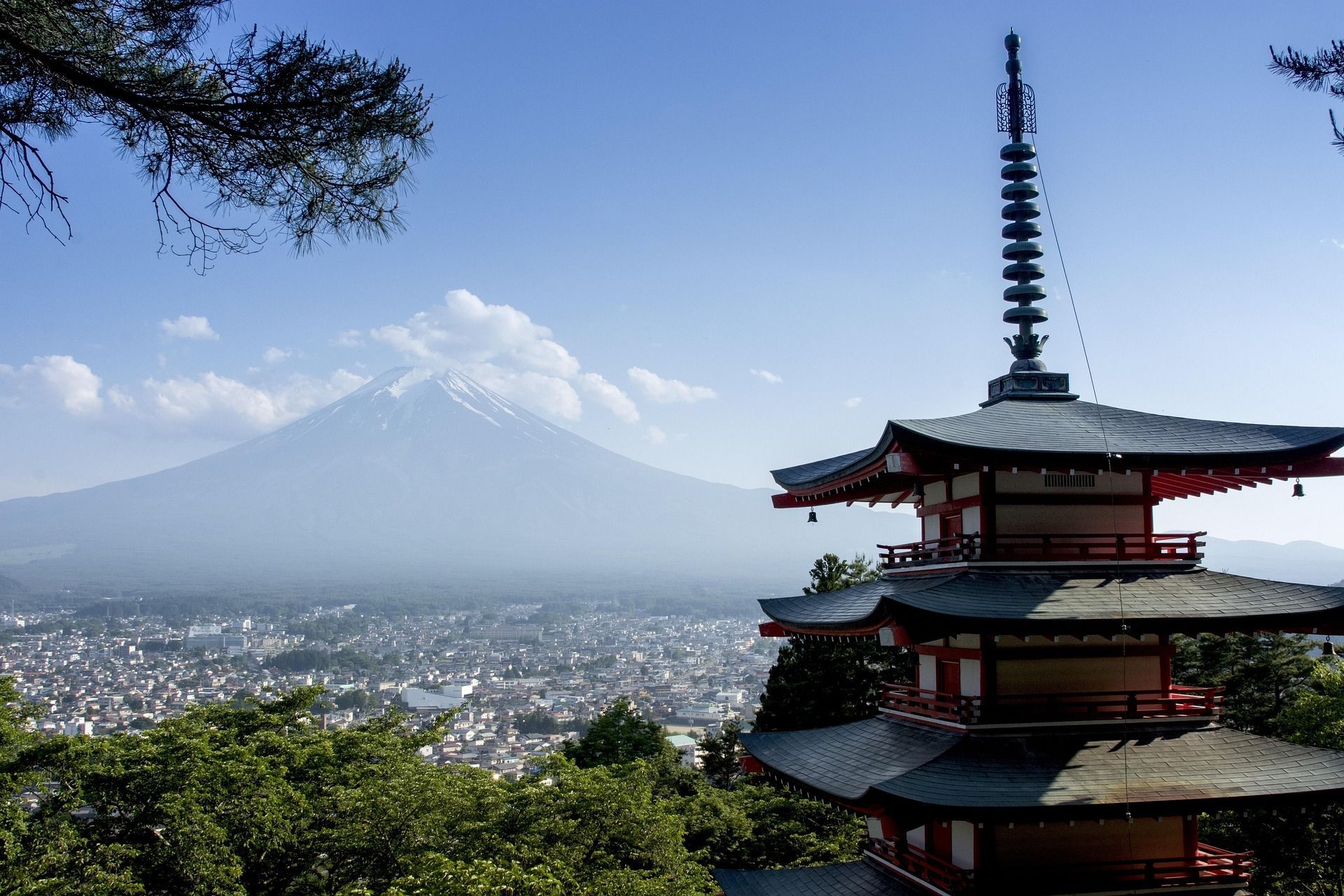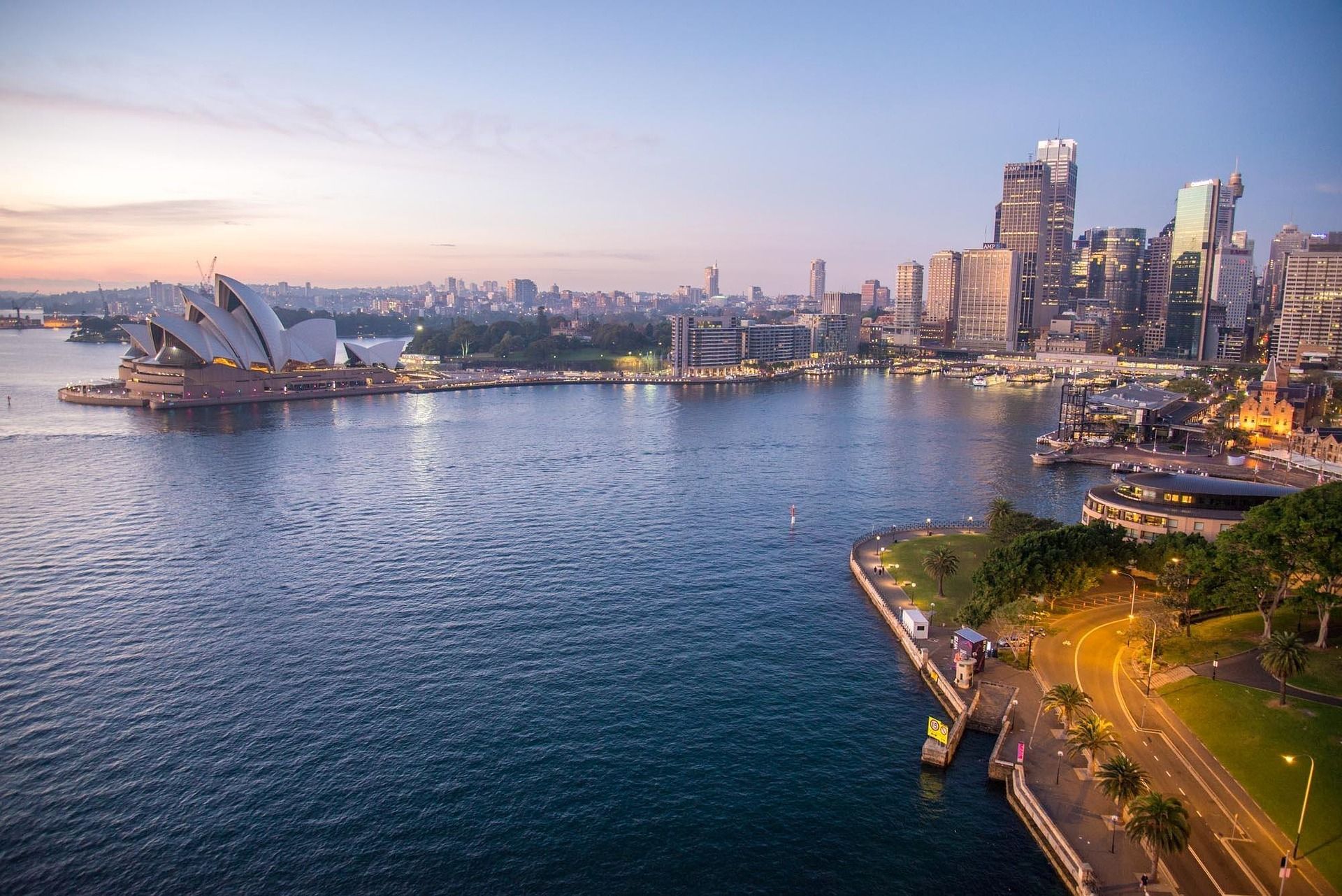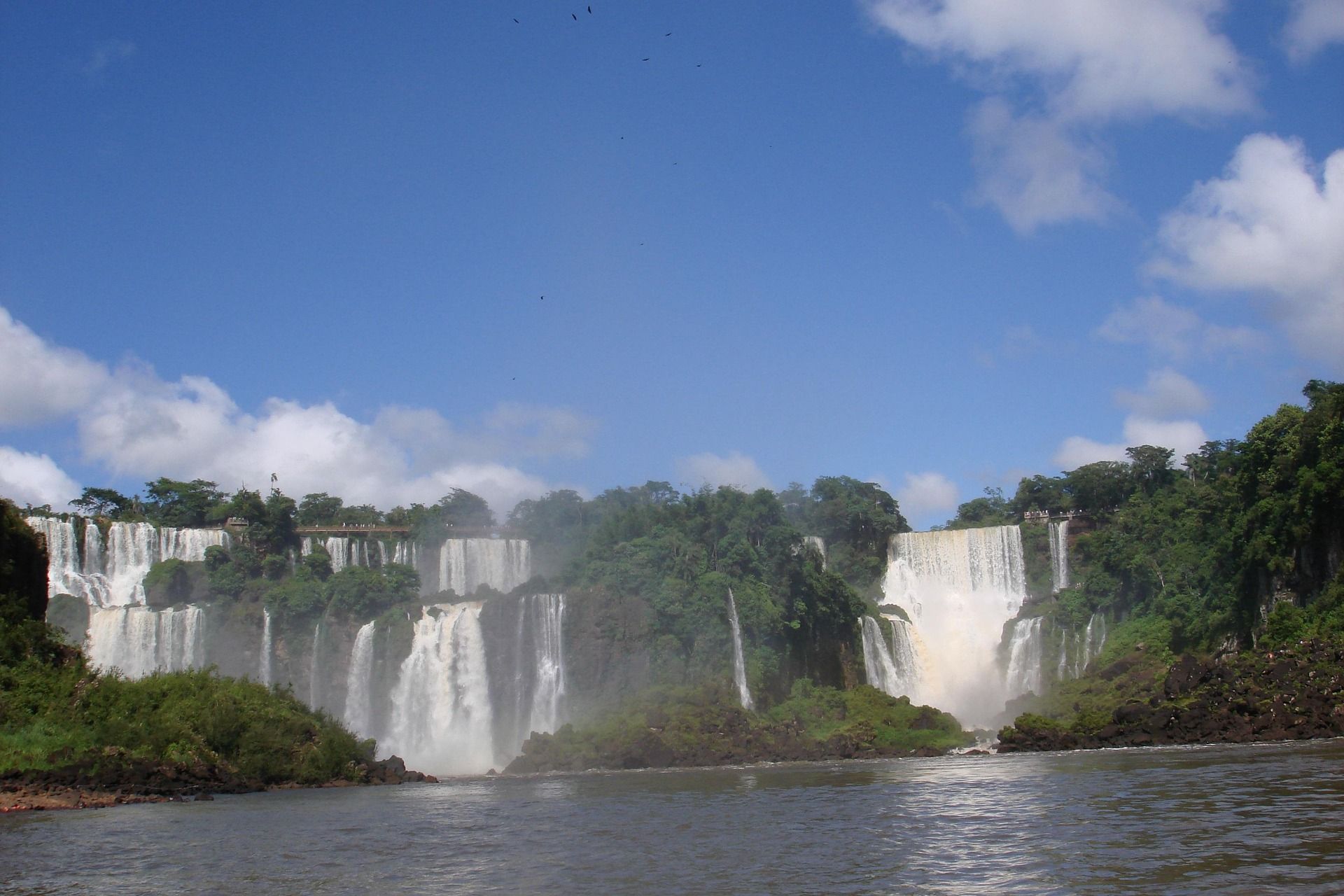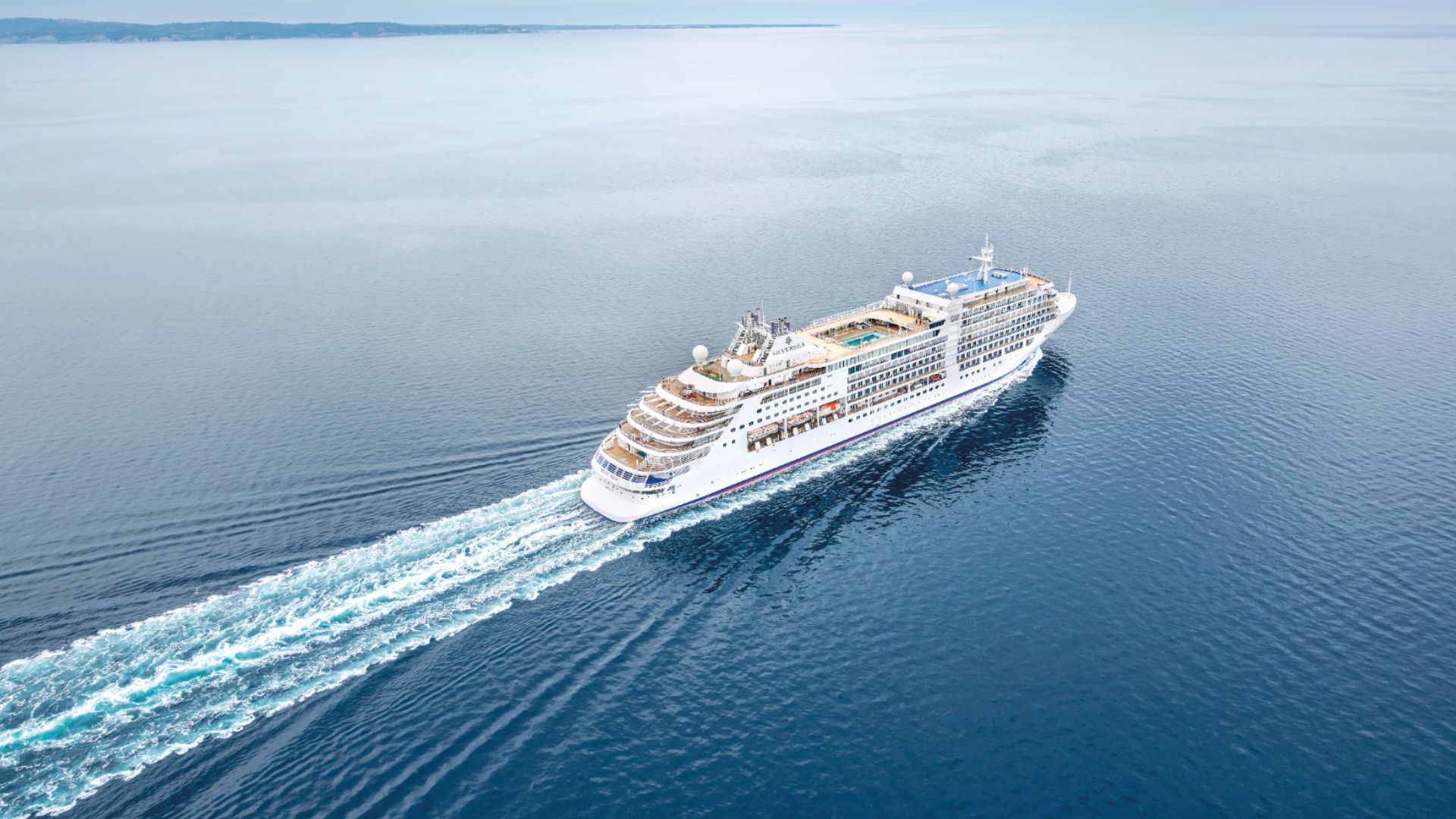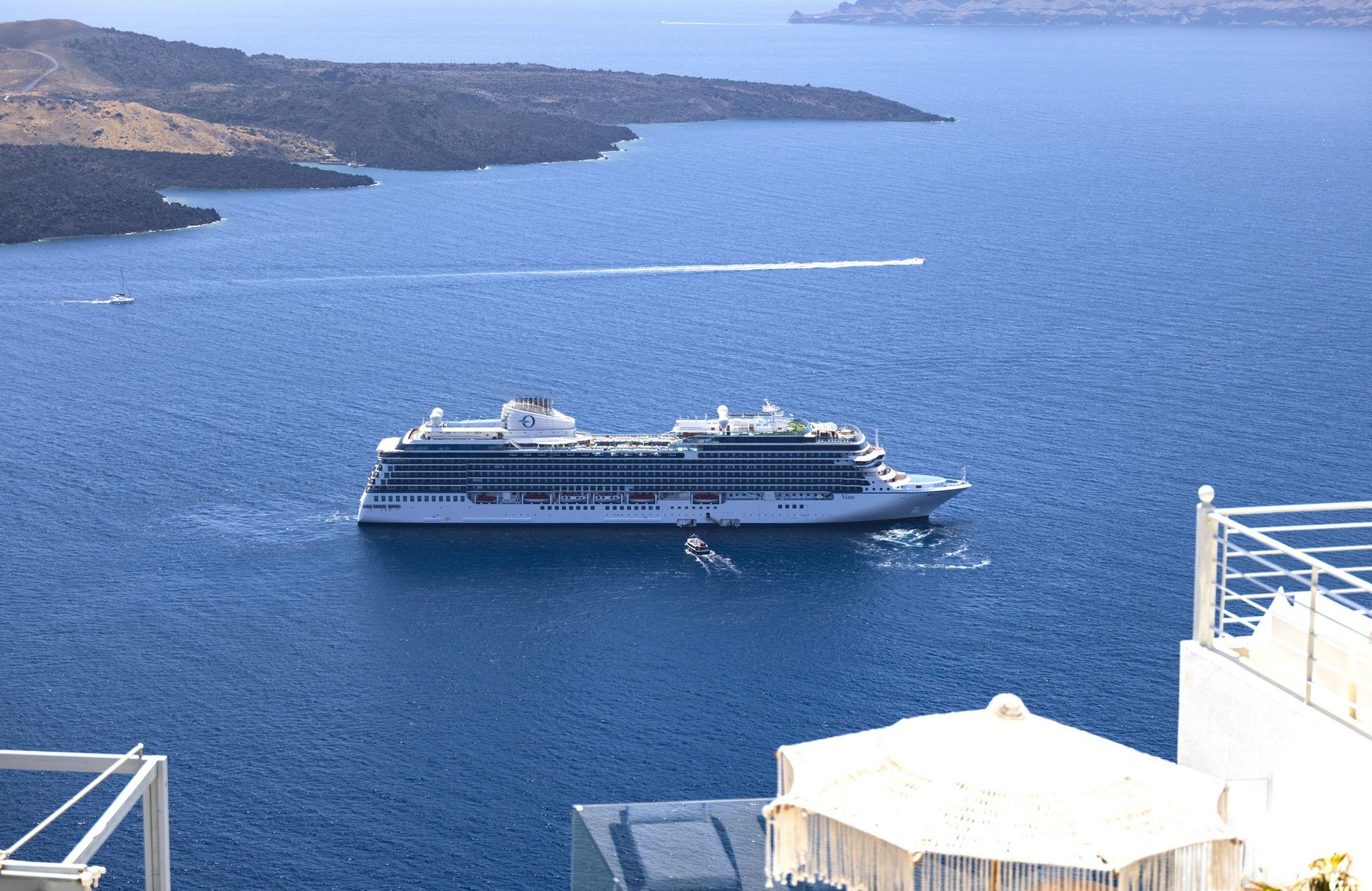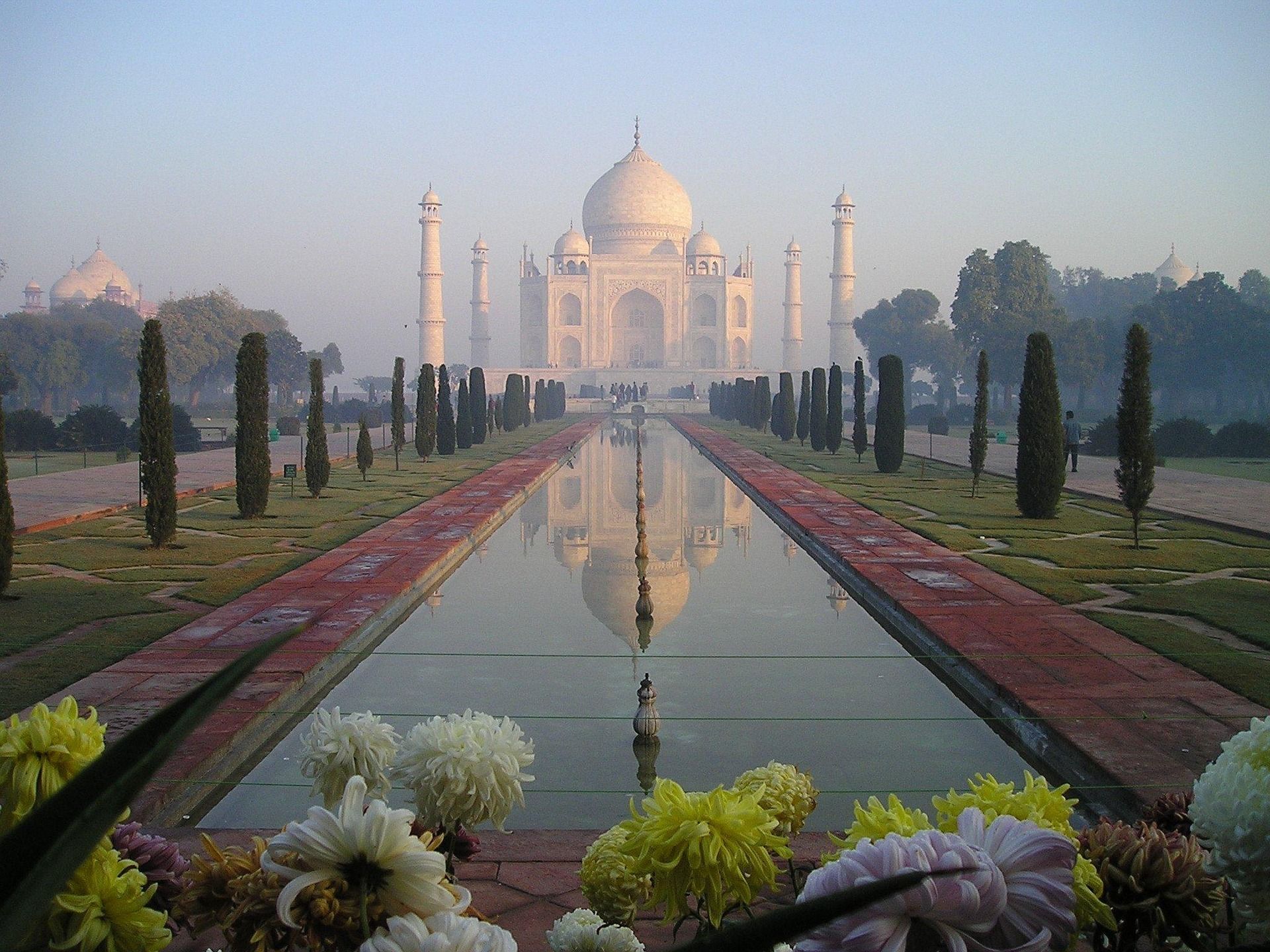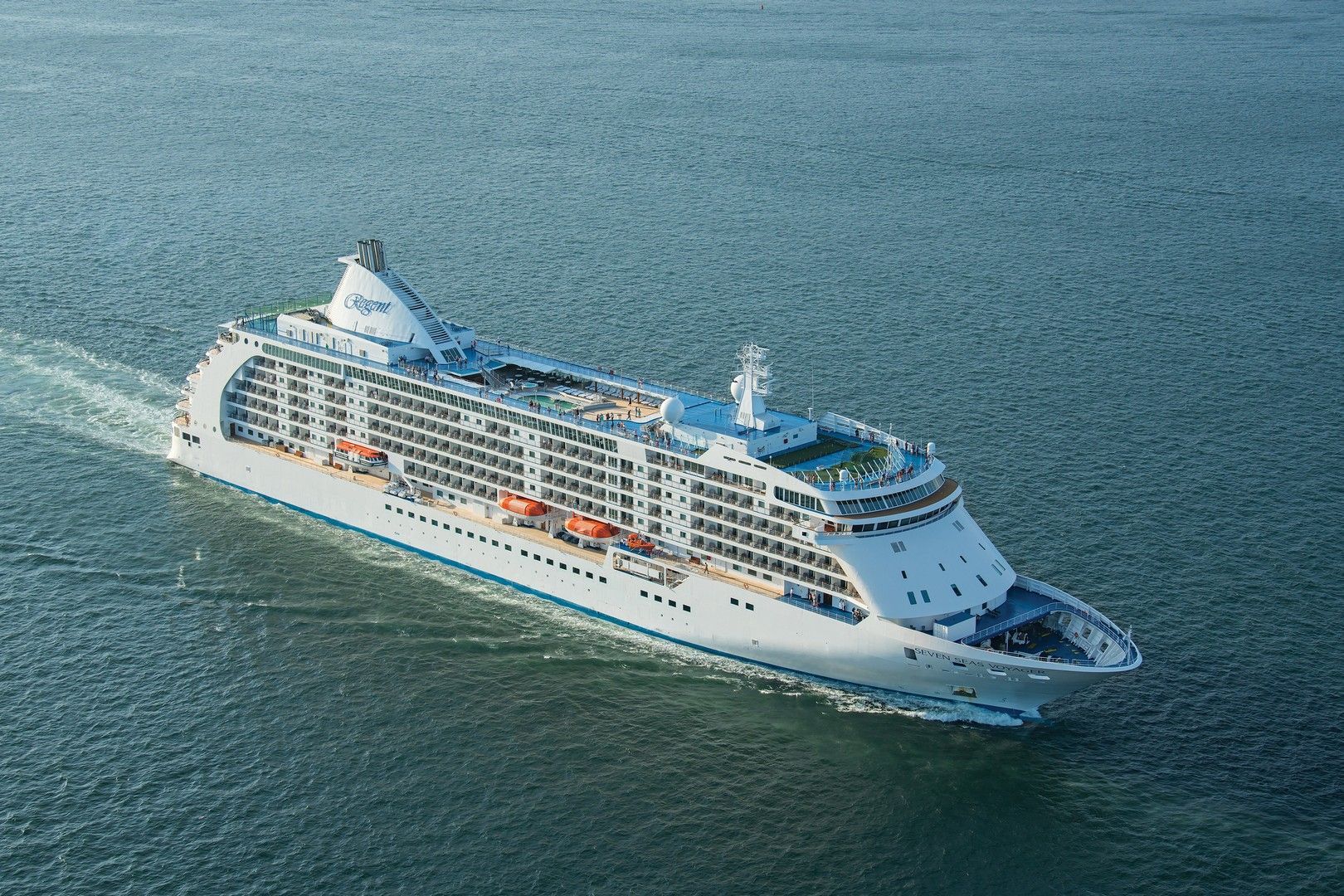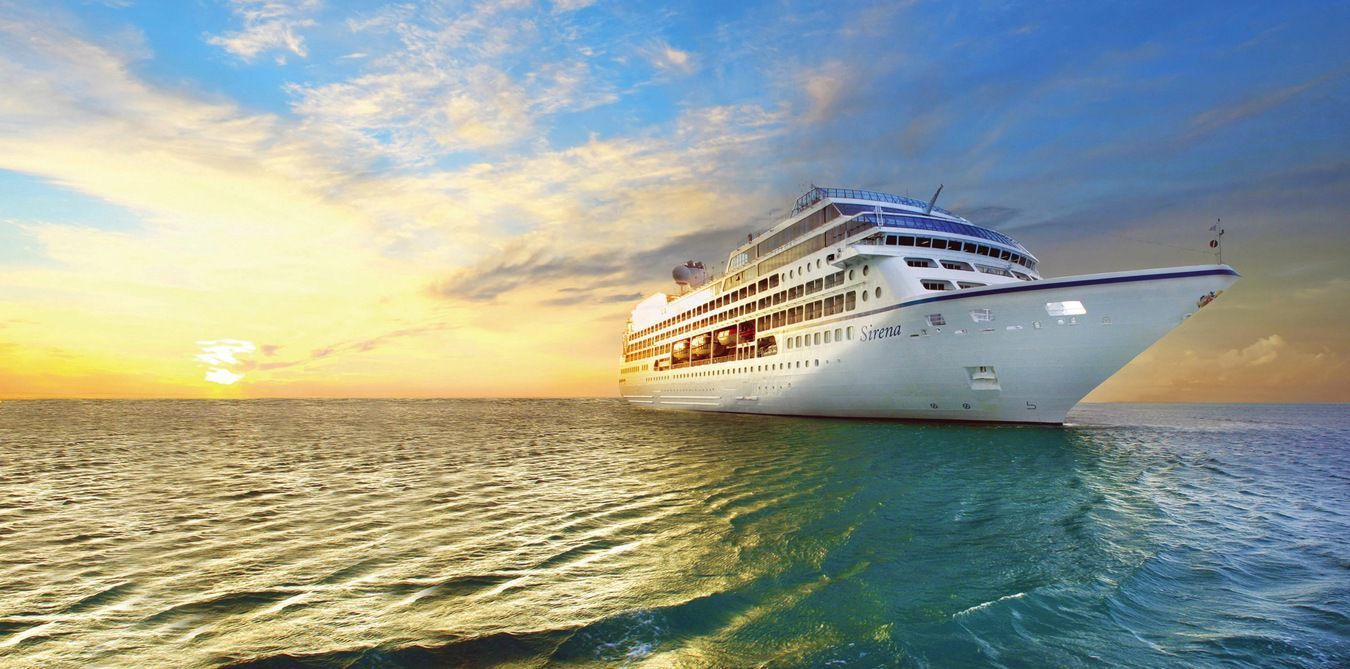Amy shares her recent experiences of her ten-day Inca Journey tour with G Adventures in
Peru in this mini blog series.
Follow her Peruvian culinary discovery with Best Bite Peru, a local tour company supported by G Adventures, her adventure through the Sacred Valley meeting a women’s weaving cooperative and exploring Inca ruins, hiking the Inca Trail on her birthday to iconic Machu Picchu, and searching for monkeys, caimans and macaws in the Amazon
The Peru Rail train, which was taking us from Ollantaytambo to Aguas Calientes, was exceptionally comfortable, and its wide, panoramic windows showcased the stunning – and changing – Peruvian countryside. As we left Ollantaytambo, the surrounding mountains were drier in their vegetation, and the Urubamba river coursed quickly alongside our tracks. As we got closer to Aguas Calientes, the vegetation became lusher and sub-tropical.
Almost before I knew it, I was being told that it was time for the Inca Trail hikers to get off at the 104km stop. There was a real buzz in the air, and those staying on until Aguas Calientes wished us luck (and happy birthday to me). At that moment, I felt a click – as a group, we’d only known each other a short time, but I suddenly felt like we were gelling, or bonding as a group – even though not everyone was doing the same thing.
I was travelling to Peru with G Adventures
, who specialise in
small-group adventure tours . My ten-day tour, the ‘
Inca Journey
’ started and finished in Peru’s coastal capital, Lima, but focussed predominantly on the Andean highlands of Cusco and the Sacred Valley, and Tambopata, the heart of the Peruvian Amazon, showcasing some of the amazing diversity Peru has to offer.
It was my first time in South America, and Peru particularly appealed because it offered so much: the cosmopolitan cool of Lima, the wildlife and tropical depths of the Amazon rainforest, Andean peaks and the Sacred Valley, llamas and alpacas, the colonial history, and – of course – the Inca sites, including the most iconic of them all, Machu Picchu.
Lima, Peru
It’s difficult to get first impressions of a place when you’re knackered after a twelve-hour flight and having to adjust to a six-hour time difference, but even when I arrived at night in Lima, I noticed that it was balmy. In the airport, it was easy to meet my pre-arranged transfer, and as I waited for the Austrian couple to join the transfer, I was amused by the sounds of children singing and periodically squealing with excitement like they’ve seen their favourite celebrity.
As we later went on our way to the first hotel, outside it was chaotic, colourful, and bright; neon lights and car indicators dazzled. We passed low-rise, wide, colourful buildings, large karaoke halls and the ubiquitous Starbucks and McDonalds, went through dark residential streets and along the motorway. One of the things I learnt very quickly about Lima was that you must have excellent spatial awareness and quick reactions to drive in Peru, as buses and cars weave in and out of lanes seemingly as they please! I caught a glimpse of one woman crossing herself on a bus, and I couldn’t blame her!
San Blas Hotel, Lima
The Lima hotel, the San Blas, was situated on the Av. Arequipa in the popular Miraflores district, renowned for its shopping and restaurants, and one of the most affluent districts in the city. The hotel was simple, unfussy, and clean, and my room was spacious.
Although G Adventures offer the option to share with a member of the same sex at no single supplement, I opted for my own room for a small supplement, preferring to have my own space for a reasonable price. Despite being tired from my flight and hoping for a good night’s sleep, I quickly discovered the importance of ear plugs in Peru, as hotel sound proofing is notoriously bad. Despite my ear plugs, on that first night, I could hear the sounds of traffic outside, and dogs barking. Nights got better as the trip went on (and I had the best sleep in the Amazon, as the sounds of the jungle are a lot more peaceful than the sounds of the city), but one of my top tips for Peru would be to make sure you have decent ear plugs!
Lima, Peru Culinary Class
I’d flown in the night before the tour officially started, and – as is typical of a G Adventures trip – there were no planned activities until a welcome meeting at the hotel in the evening. However, when I booked the trip, I had also opted for the
‘Peru Culinary Bundle’ , which comprised of a cookery class in both Lima and Cusco, organised by a local company called
Best Bite Peru , owned by Ruben, a former G Adventures CEO.
My guide, Anna, arrived promptly at the hotel reception, and informed me that I was the only person booked on the class, so I was able to enjoy a
privately guided tour and cookery class
. We went by taxi to a local indoor food market, a labyrinthine sprawl of food stalls, bursting with colour and fruits – some I’d never seen or heard of – and vegetables, an elaborate shrine (after all, Peru is a very Catholic country), fresh seafood, whole chickens and all different cuts and parts of meat, including guinea pig.
It was fascinating to browse through the stalls, and admire the incredible variety of food. We sampled some fruit, and enjoyed a bowl of chilcano , a clear soupy broth made from the head and bones of sea bass, and flavoured with lime juice and chillies.
Maiz Restaurant, Lima
After visiting the market, we walked a short distance to a local restaurant called Maiz. Here, we were greeted by the restaurant’s chef and bar tender. As cooking can be thirsty work and ‘chef juice’ is often required, the bar tender showed me how to make Peru’s famous national drink,
Pisco sour , and I had great fun shaking the cocktail shaker. Made with three parts pisco, one part the juice of a lime, one part sugar syrup, and half an egg white, shaken together with ice cubes, and finished with a drop or two of Angostura bitters, pisco sours are a refreshing and delicious cocktail.
Ceviche and Causa Rellena
Afterwards, the chef showed me how to make one of Peru’s most famous dishes,
ceviche . As Lima’s set on Peru’s Pacific coast, there’s plenty of fresh seafood, which plays a more pivotal role in the local cuisine than in some of the other regions. Ceviche is a simple dish packed full of flavours, with white fish (we used sea bass) cured with lime juice for about five minutes or so, with sliced onion (preferably purple), limo chilli, a tea spoon of garlic paste, seasoned with salt, garnished with coriander, and served with corn, lettuce and sweet potatoes.
After I’d enjoyed my ceviche, I learnt how to cook another Peruvian dish, one I hadn’t heard of, called
causa rellena . This is a colourful and attractive dish, which makes the most of the vibrant colours of local ingredients, showcased in a series of layers. Out of the 3,800 or so different types of potatoes grown in Peru, this dish calls for golden or Yukon potatoes, which are then mashed to a smooth paste with yellow chilli paste and lime juice, to create the bottom and top layers of the dish. Each layer is smoothed down and pressed in a mould, with layers of a tuna and mayonnaise mix (alternatively, you can use king crab or chicken etc), avocadoes, and tomatoes. The cookery class in Lima was a really fun experience, and I enjoyed a unique and memorable introduction to the city and its cuisine, while my guide – Anna – was friendly, and provided lots of local insight, and explained the different ingredients used in Peruvian cuisine. For me, it was
the perfect way to start my Peru trip .
Meeting my G Adventures guide
That evening in the hotel, I met Javier from G Adventures, and the rest of my group, for a briefing of the itinerary, and introduction to each other. It turned out that I was not the only one visiting South America for the first time; it was, in fact, the first time for everyone! There were 16 of us in total, predominantly female, many of whom (including myself) were travelling solo; only a quarter of the group were male. Ages ranged from mid-twenties to retirees, with some people in their 40s and 50s, and the nationalities represented included three Australians, two Austrians (who spoke excellent English), six Canadians, four Americans, and me, the sole Brit. It was a combinable trip, so seven of us were doing the ten-day Inca Journey itinerary, whilst the rest were doing a shorter 8-day Machu Picchu Adventure itinerary, which saw them returning to Lima for a final overnight stay, rather than head off to the Amazon.
Arriving in Cusco, Peru
The adventure really got started the following day, as we left Lima and headed for the Andean peaks and Cusco. Javier escorted us to the airport, where we soon found out that our flight had been delayed an hour, but we were in Cusco at around lunch time. We were met at the airport by Washington (or ‘Washi’, for short), our CEO.
At an elevation of 3,399m, Cusco is often associated with altitude sickness, with tiredness being a common symptom. Chewing coca leaves or drinking coca tea is believed to relieve or prevent altitude sickness, and it’s also advised to take things a bit slower, drink plenty of water, and to acclimatise.
Upon arrival at our hotel in Cusco – the Hotel Prisma, conveniently only a couple of blocks away from the main Plaza de Armas, and not far from Qoricancha – we sipped some coca tea, which tasted a lot like green tea, as Washi debriefed us on the next couple of days. I’m not sure whether it was the altitude, or the fact that I was feeling a little washed out after being sick on the plane (watching the plane circle over the Andes was great at first until the dizziness and nausea got to me!), or a combination of both, but there were times that day – including during the debriefing – where I felt like a zombie!
Exploring Cusco
Whereas Lima, the modern capital of Peru, is a sprawling, bustling metropolis, with wide avenues crawling with traffic, and a busy city buzz to it, Cusco – once the epicentre of the Incan empire – has a different feel to it. Surrounded by the Andes, its cobbled streets are generally narrower and lined with white-washed adobe buildings with tiled roofs, and its historic centre is compact, and filled with colonial-era stone churches. Unlike Lima, whose people tend to sneer and laugh at the traditions of the Andes, you’ll be much more likely to spot people in traditional dress in the streets of Cusco; something that I found endlessly fascinating. Cusco is a beautiful and charming city, filled with character, and it evokes a timeless sense of history.
Cusco, Peru Culinary Class
They say that the way to a man’s heart is through his stomach, but I’ve always thought that one of the best ways to understand a country and its culture is through its stomach, which was why I’d chosen to book the Peru culinary bundle. Cusco and Lima are two of Peru’s most important cities, but they’re very different. I’d already learnt how to cook a couple of the dishes popular in Lima, and had seen how important seafood was to the coastal cuisine, along with some of the incredible range and variety of product grown in Peru. Cusco is further inland, as well as being high up, and so its diet features more meat than fish (although fresh trout can be sourced from nearby rivers).
Again, I was met in the hotel lobby by my guide, Renzo, and we walked to a local market for my privately guided market visit and cookery class
. Again, the market was a riot of colour, and was roughly divided into sections, including clothing and cobbling, a canteen where people could eat, fruit, vegetables, meat, and fish.
Women sat working, dressed in their traditional woven clothes and hats, many peeling potatoes, and there was an abundance of potatoes of many different varieties, although probably not all 3,800 species found in the country. There were dehydrated potatoes, a technique used centuries ago by the Incas to preserve before rehydrating the potatoes to cook, sacks of quinoa (another Peruvian staple), and when we got to the meat section, it was much larger than the section in Lima’s market. There literally was every cut of meat available, as local people do not leave anything to waste. The tradition largely harks back to the arrival of the Spanish colonialists, who kept the best cuts of meat for themselves, whilst the indigenous locals learnt to use the rest.
The fruits on display were just as varied and colourful as in Lima, and included many unfamiliar fruits, some of which I sampled, including
pepino (or
pepinillo ), said to be good for the liver and high blood pressure, and
grenadilla , a cousin to passion fruit that’s good for the digestion. I can’t say that I was particularly a fan of the grenadilla, but then – to my mind – fruit is best as a cocktail garnish, and I can’t really see grenadilla making a great martini.
Having bought some ingredients from the market, we then went to a local restaurant for the cookery class. The restaurant had a terrace with panoramic views over Cusco, but with weather being changeable in the region, most of the preparations were done inside.
Today’s dish was
lomo saltado , a national dish inspired and improved by Chinese culinary techniques, dating back to the 19 th century and the large influx of Chinese labourers and immigrants following the abolition of slavery. Peruvian cuisine is renowned for its fusion of styles, and this is one of the famous examples. Lomo means tenderloin, which allows for some versatility of meat, and I was using alpaca meat for the dish.
Essentially a stir fry dish, the ingredients are simple but delicious. Once the ingredients – onions, alpaca meat, peppers, chilli, tomatoes, and coriander – were chopped, it was time to stir fry outside, before sitting down to enjoy. The meal was washed down with another pisco-based cocktail called
chilcano, named after the fish-based soup because of the resemblance in colour.
Chilcano is another example of immigrants’ influence, as it was created by Italians, who had noticed that pisco was similar to grappa. Traditionally, it’s served with sugar syrup, but Renzo advised that Peruvians are used to much sweeter syrups than Europeans, so he’d supplied some Sprite instead. With the juice of lime and ginger squeezed in too, chilcano is refreshing to the palate.
However, what with getting used to the altitude (which can make one beer feel like five), and still feeling a bit funny from the plane, I wasn’t able to finish the drink! Again, the cookery experience was fantastic, and I felt privileged to enjoy my own personal tour, gaining a fascinating and unique insight into Cusco, and understanding a little better about the diversity of Peru through the medium of food.
If Amy's enchanting blog about her adventures in
Peru and the stunning vistas of Machu Picchu with G Adventures has captured your imagination, and you’re keen to discover how you can embark on a similar journey, feel free to contact our committed travel specialists today. They are ready to help you plan an unforgettable trip to this extraordinary destination.


